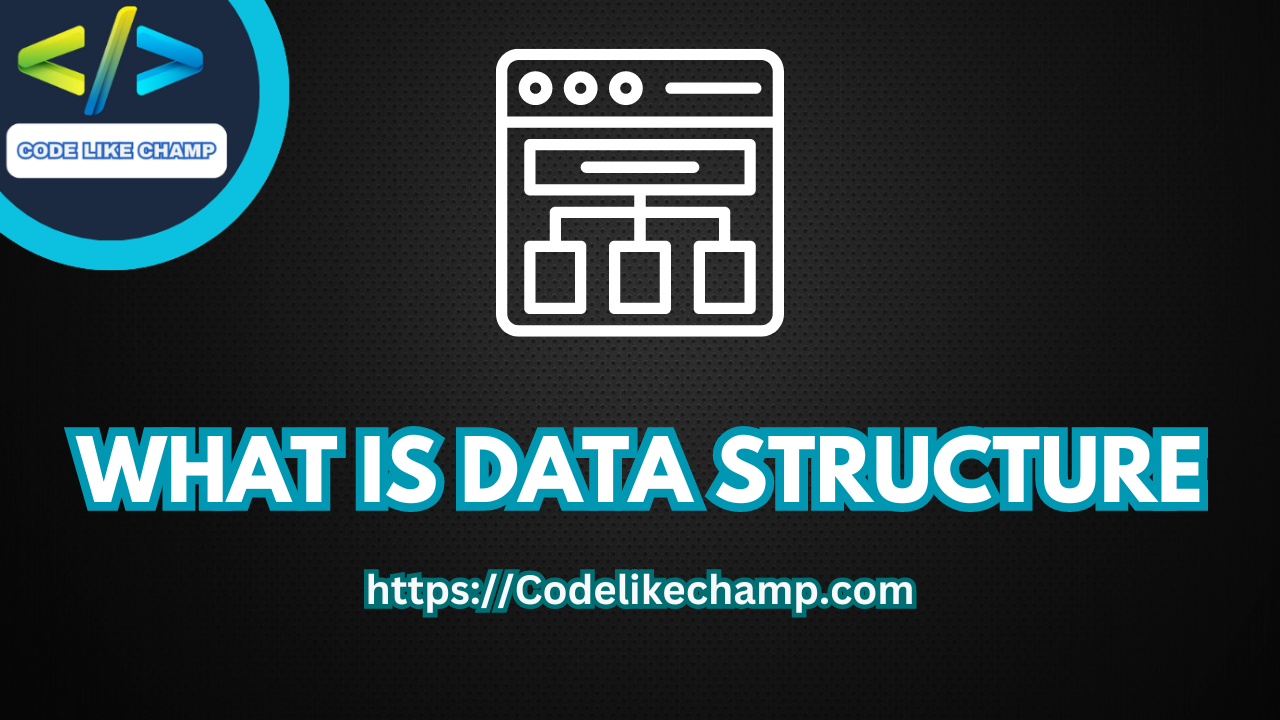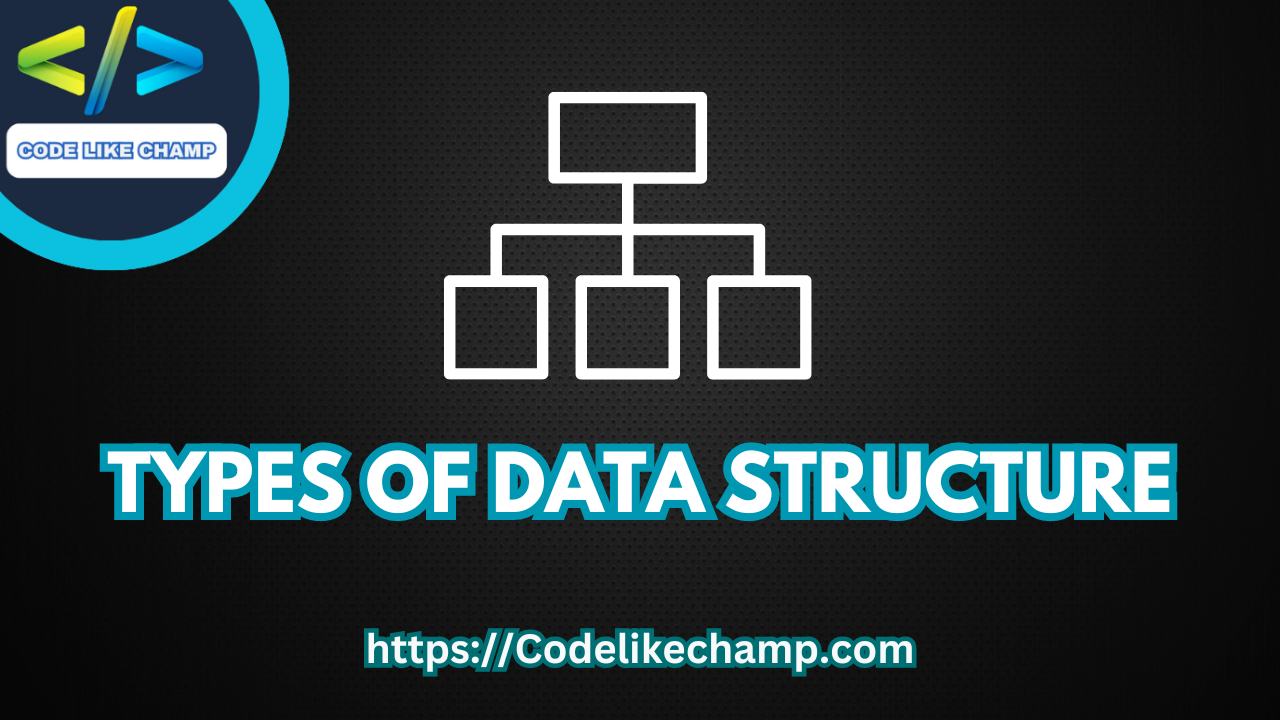Vector Arrays in Data Structures
Introduction
In the realm of data structures, efficiency and flexibility are paramount. One such tool that embodies these qualities is the vector array. From its fundamental definition to its various implementations and applications, the vector array stands as a cornerstone in modern programming. This article delves deep into the intricacies of vector arrays, exploring why they are indispensable in the world of data structures.

What is Vector Array?
At its core, a vector array is a dynamically resizable array. Unlike traditional arrays with fixed sizes, vector arrays allow for dynamic resizing, enabling the addition and removal of elements as needed without the need for manual memory management. This dynamic nature makes vector arrays incredibly versatile and adaptable to a wide range of applications.
Why We Use Vector Arrays in Data Structure
Vector arrays find extensive use in data structures due to their inherent flexibility and efficiency. Traditional arrays impose constraints on size, leading to potential wastage of memory or overflow errors. Vector arrays mitigate these issues by dynamically adjusting their size, thereby optimizing memory usage and ensuring efficient storage and retrieval of data. This adaptability makes vector arrays ideal for scenarios where the size of the dataset is dynamic or unknown beforehand.
WANT TO PRO IN DATA STRUCTURE JUST VISIT THIS PAGE IT WILL BE BENEFICIAL FOR YOU –>> DATA STRUCTURE
Characteristics of Vector Array
- Dynamic Resizing: Vector arrays automatically resize themselves to accommodate new elements, ensuring optimal memory usage.
- Random Access: Similar to traditional arrays, vector arrays support constant-time access to elements using their indices.
- Contiguous Memory Allocation: Elements in a vector arrays are stored in contiguous memory locations, facilitating faster access and traversal.
Types of Vector Array
- Static Vector Arrays: In a static vector arrays, the size is fixed at compile time and cannot be modified during runtime.
- Dynamic Vector Arrays: Dynamic vector arrays, on the other hand, allow for resizing during runtime, making them more flexible but potentially less memory efficient.
Advantages of Vector Arrays
- Dynamic Resizing: Vector arrays adapt to changing data requirements, optimizing memory usage.
- Random Access: Constant-time access to elements allows for efficient data retrieval.
- Versatility: Vector arrays can store elements of various data types, making them suitable for diverse applications.
- Efficient Insertion and Deletion: Dynamic resizing facilitates efficient insertion and deletion of elements without manual memory management.
Disadvantages of Vector Arrays
- Memory Overhead: Dynamic resizing may incur additional memory overhead compared to static arrays.
- Performance Degradation: Resizing operations can lead to performance degradation, especially for large datasets.
- Fragmentation: Frequent resizing can result in memory fragmentation, impacting memory utilization efficiency.
Code Examples of Vector Array
Vector Arrays in C#:
using System;
using System.Collections.Generic;
class Program
{
static void Main(string[] args)
{
List<int> vectorArray = new List<int>();
vectorArray.Add(10);
vectorArray.Add(20);
vectorArray.Add(30);
foreach (int element in vectorArray)
{
Console.WriteLine(element);
}
}
}
Output:
10 20 30
Vector Arrays in C:
#include <stdio.h>
#include <stdlib.h>
int main() {
int *vectorArray = (int*)malloc(sizeof(int) * 3);
vectorArray[0] = 10;
vectorArray[1] = 20;
vectorArray[2] = 30;
for (int i = 0; i < 3; i++) {
printf("%d\n", vectorArray[i]);
}
free(vectorArray);
return 0;
}
Output:
10 20 30
Vector Arrays in C++:
#include <iostream>
#include <vector>
int main() {
std::vector<int> vectorArray;
vectorArray.push_back(10);
vectorArray.push_back(20);
vectorArray.push_back(30);
for (int i = 0; i < vectorArray.size(); i++) {
std::cout << vectorArray[i] << std::endl;
}
return 0;
}
Output:
10 20 30
Vector Arrays in Python :
vectorArray = []
vectorArray.append(10)
vectorArray.append(20)
vectorArray.append(30)
for element in vectorArray:
print(element)
Output:
10 20 30
Vector Arrays in PHP :
<?php
$vectorArray = array();
array_push($vectorArray, 10);
array_push($vectorArray, 20);
array_push($vectorArray, 30);
foreach ($vectorArray as $element) {
echo $element . "\n";
}
?>
Output:
10 20 30
Vector Arrays in Java :
import java.util.Vector;
public class Main {
public static void main(String[] args) {
Vector<Integer> vectorArray = new Vector<>();
vectorArray.add(10);
vectorArray.add(20);
vectorArray.add(30);
for (int i = 0; i < vectorArray.size(); i++) {
System.out.println(vectorArray.get(i));
}
}
}
Output:
10 20 30
Vector Arrays in JavaScript :
let vectorArray = [];
vectorArray.push(10);
vectorArray.push(20);
vectorArray.push(30);
for (let i = 0; i < vectorArray.length; i++) {
console.log(vectorArray[i]);
}
Output:
10 20 30
Conclusion
In conclusion, vector arrays serve as indispensable tools in data structure implementations. Their dynamic resizing capability, coupled with efficient memory management and versatile applications, makes them essential for modern programming tasks. While they offer numerous advantages such as adaptability and random access, they also come with certain drawbacks like memory overhead and performance degradation. Nevertheless, the benefits they bring far outweigh the drawbacks, solidifying their place as a fundamental building block in the world of data structures. As programmers continue to innovate and push the boundaries of technology, vector arrays will undoubtedly remain a cornerstone of efficient and flexible data manipulation.
For more visit my website Codelikechamp.com





I share your level of appreciation for the work you’ve produced. The sketch you’ve displayed is elegant, and the content you’ve authored is sophisticated. Yet, you appear to be concerned about the possibility of heading in a direction that could be seen as dubious. I agree that you’ll be able to resolve this matter efficiently.